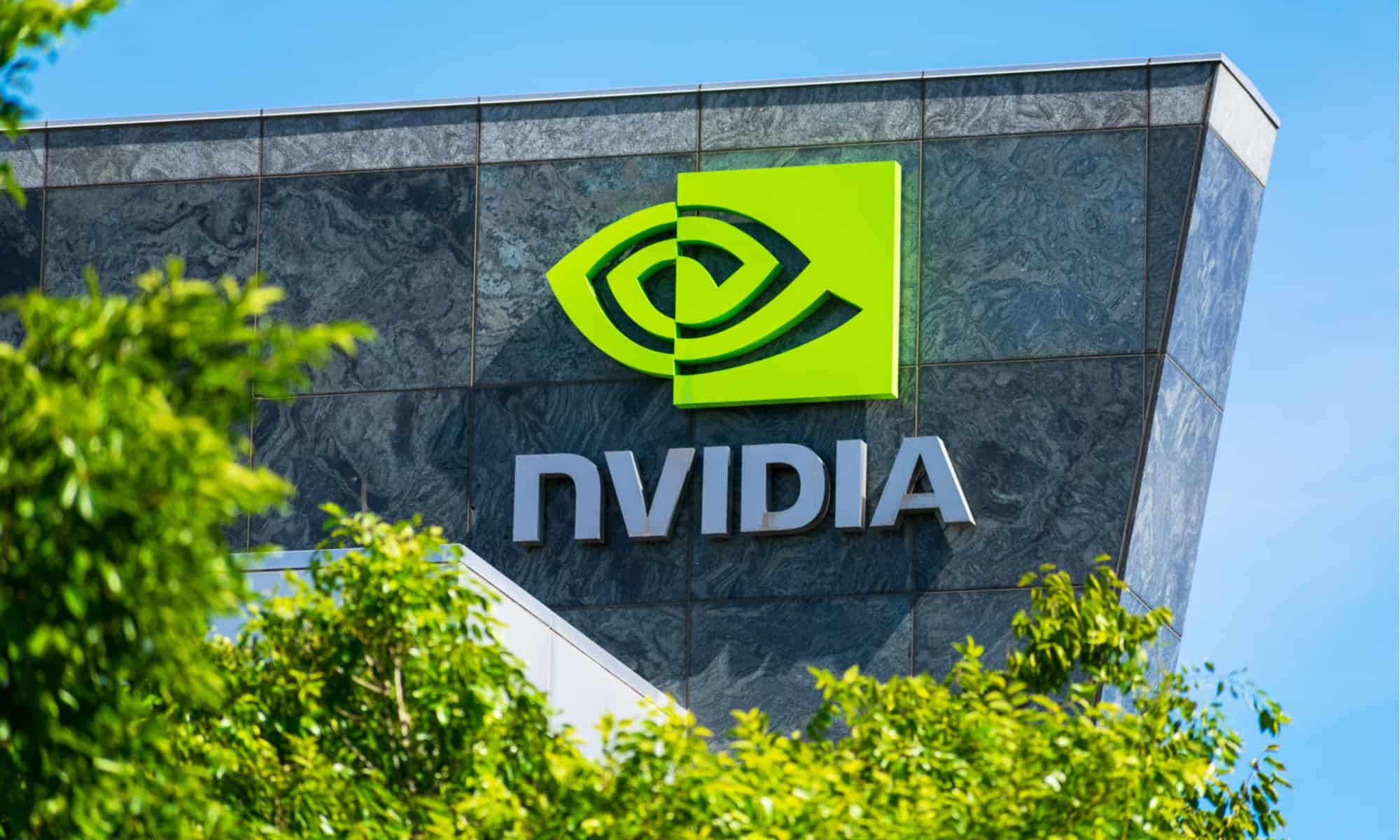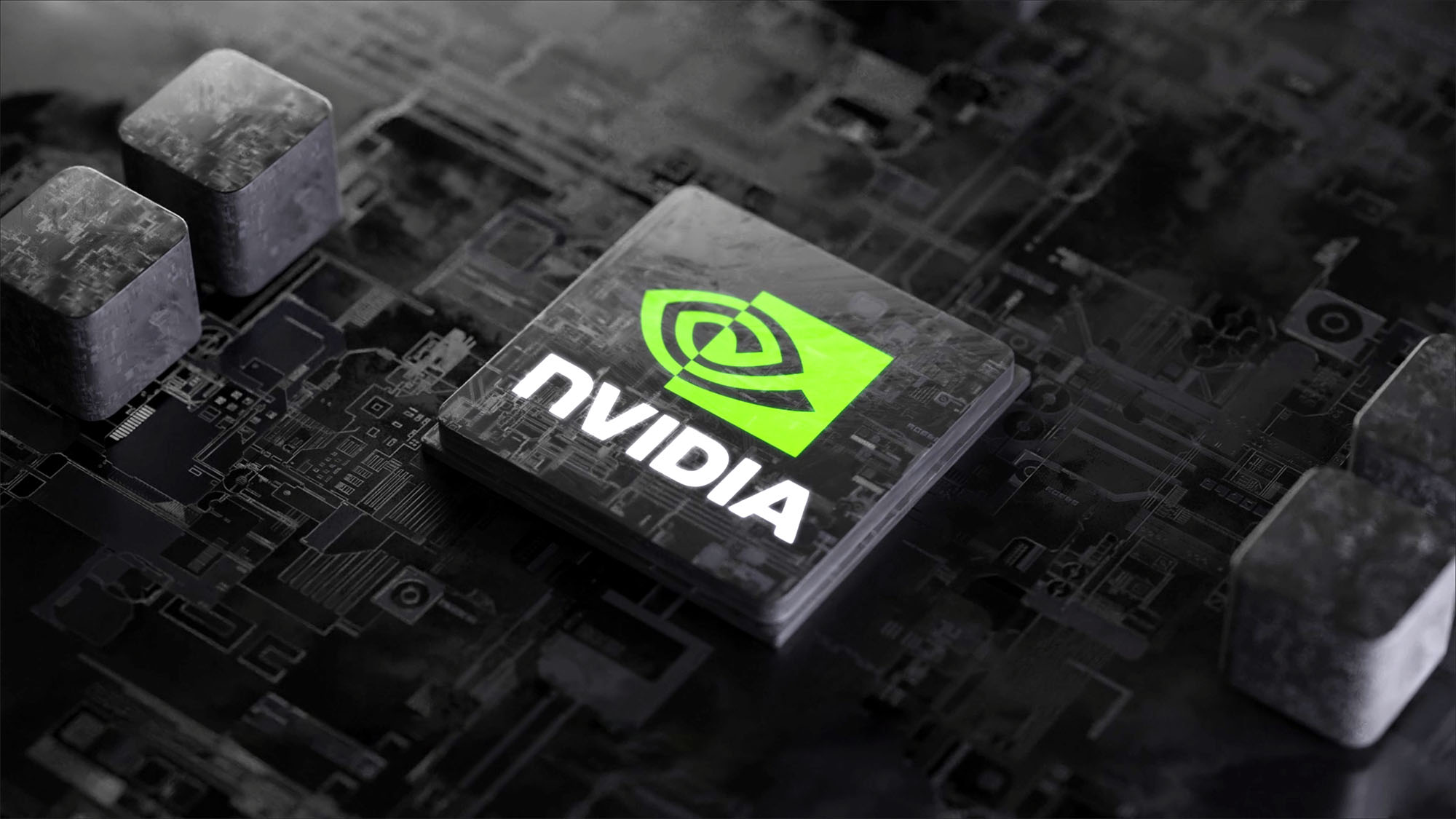NVIDIA Q3 FY25 Earnings - AI Boom Or Market Hype?
Everyone is wondering if the present excitement around AI is genuine or a fading fad. NVIDIA's Q3 FY25 earnings report will provide some answers. The company's performance in this quarter will be a key indicator of the AI market's strength and potential for long-term growth.

Michael J. Harrington
Feb 11, 2025
NVIDIA (NASDAQ: NVDA) has once again broken expectations with its Q3 FY25 earnings, reporting record-breaking revenue of $35.1 billion, up 94% year on year and 17% quarter on quarter. Fueled by a rise in demand for AI-powered computer and data center solutions, the business has established itself as the undisputed AI chip industry leader.
However, with AI enthusiasm at an all-time high, there are concerns about the momentum's long-term viability. Is NVIDIA riding an unstoppable tide of AI-driven growth, or is the market overheated and due for a correction? In this in-depth research, we will break down the main numbers, assess the company's capabilities, identify potential concerns, and conclude whether NVIDIA is still a good investment or an overrated tech behemoth riding the AI wave.
Explosive Growth Driven By AI Demand
NVIDIA’s latest earnings report reflects an unprecedented growth trajectory, particularly in its data center segment, which continues to be the company’s primary revenue driver. AI developments and enterprise adoption have propelled NVIDIA’s data center revenue to a record $30.8 billion, an increase of 112% YoY and 17% QoQ. This division now brings for about 88% of the company’s total revenue, cementing its dominance in the AI infrastructure market.
Beyond data centers, NVIDIA’s gaming segment recorded $3.3 billion in revenue, indicating only a 15% growth YoY. While still increasing, this area is now eclipsed by AI-related sales, reflecting a shift in the company’s fundamental business focus.
The professional visualization market, which includes high-performance computing for designers and engineers, had modest increase, bringing in $486 million, up 7% QoQ and 17% YoY. Meanwhile, its automotive revenue rose at $449 million, representing a remarkable 72% YoY rise, driven by AI-powered autonomous driving breakthroughs.
The company also has an exceptional gross margin of 74.6% (GAAP), indicating significant pricing power despite market changes. However, there was a modest decrease from 75.1% in Q2, showing some margin compression, which might be a red flag as competition heats up in the AI hardware market.
The Strengths That Set NVIDIA Apart
One of NVIDIA's most significant advantages is its monopoly-like domination in the AI chip market. As AI becomes a critical technology for businesses, demand for NVIDIA's H100 and upcoming Blackwell AI chips continues to grow. Cloud heavyweights like Microsoft, Google, and Amazon have ramped up their investment in AI infrastructure, guaranteeing that NVIDIA remains the go-to source of high-performance AI computing power.
NVIDIA's strategic positioning extends beyond hardware to AI software and enterprise solutions. The company's CUDA software environment has become the industry standard for AI developers, providing a considerable competitive advantage. As AI usage spreads to industries such as healthcare, banking, robotics, and self-driving cars, NVIDIA is capitalizing on its software-hardware synergy to ensure ongoing demand beyond chip sales.
Another significant advantage is NVIDIA's financial robustness. This quarter, the corporation generated $16.8 billion in free cash flow, indicating that it can continue to invest significantly in R&D. This robust financial position also provides NVIDIA with a cushion against economic downturns, allowing it to pursue acquisitions, collaborations, and new markets.
Furthermore, AI adoption is still in its early stages, indicating that NVIDIA's growth potential remains robust. Governments, companies, and cloud providers continue to expand AI infrastructure, indicating that NVIDIA's core market has opportunity to grow in the coming years.
Red Flags - Is NVIDIA Overvalued?
Despite NVIDIA's excellent expansion, investors should be aware of several big dangers. The possible AI bubble is one of the most obvious caution signals. While AI has proven to be a disruptive technology, the rate of investment may not be sustainable long-term. If enterprise AI adoption slows or businesses begin looking for less expensive alternatives, NVIDIA's rapid revenue growth may come to a halt.
Despite spending $10.9 billion on share repurchases this quarter, NVIDIA continues to offer a minuscule $0.01 dividend per share. While buybacks can boost stock prices in the short term, some investors view them as a tactic to artificially inflate valuation rather than reward long-term shareholders. Companies that aggressively repurchase shares during market highs frequently face consequences when growth slows.
Valuation is also an important factor. NVIDIA is currently priced at more than 50 times forward earnings, which is much higher than the historical norm for tech stocks. This means that investors have already priced in years of potential growth, leaving little margin for mistake. If NVIDIA misses earnings predictions or AI demand fails to reach lofty expectations, the stock might fall sharply.
While NVIDIA retains the leader in AI chips, competition is increasing. AMD and Intel are increasing their AI hardware capabilities, while cloud providers such as Google and Amazon are creating their own specialized AI chips to lessen dependency on NVIDIA. If these alternative solutions are effective, NVIDIA may lose market share, resulting in slower growth in its most important revenue sector.
Is NVIDIA Still A Good Investment?
There are two approaches to investing in NVIDIA stock. On the one hand, the bull thesis indicates that NVIDIA is still in its early stages of AI-driven growth. If AI adoption continues at its current rate, NVIDIA may maintain its dominance and continue to generate record-breaking revenue.
The AI revolution is real, and NVIDIA is the premier provider of the hardware and software that drives it. Despite its lofty valuation, NVIDIA may still be attractive to long-term investors.
On the other hand, the bear argument cautions that NVIDIA's stock price has already factored in the majority of the AI surge. With a 50x forward P/E ratio, investors are paying a premium with limited room for mistake. If AI demand slows, NVIDIA's growth expectations may collapse, posing a huge negative risk. Furthermore, macroeconomic uncertainties and increased competition may squeeze margins, making NVIDIA's present price difficult to justify.
Buy, Hold, Or Sell?
For bold investors who believe in AI’s long-term potential, NVIDIA remains a solid investment, especially if they are ready to hold through volatility. However, investing at current prices bears substantial risk, given the stock’s stretched valuation. More conservative investors may want to wait for a dip before taking a stake. NVIDIA's fundamentals remain extremely strong, but the stock is priced for perfection, so any slowdown in AI demand might result in a significant fall.
Frequently Asked Questions
Is Nvidia Leading In AI?
Nvidia Corp. (NVDA, Financial) is no doubt heading the artificial intelligence (AI) revolution and has solidly staked its claim of being part of accelerated computing. This is evident from the current stock price of Nvidia which has gone up by a staggering 183.4% over the past year.
Who Is Nvidia's Biggest Competitor In AI?
Intel (INTC) is probably more of a household name than AMD or Nvidia. If you're reading this article on a Windows computer, there's a good chance there's an Intel processor in it.
Why Do Nvidia Chips Dominate The AI Market?
Once Nvidia realised that its accelerators were highly efficient at training AI models, it focused on optimising them for that market. Its chips have kept pace with ever more complex AI models: in the decade to 2023 Nvidia increased the speed of its computations 1,000-fold.
Conclusion
NVIDIA has solidified itself as the undisputed leader in AI computing, with record-breaking sales and industry supremacy. However, the company's overreliance on AI, high valuation, and eventual market saturation are all big dangers.
The question remains: is NVIDIA still a buy, or is it time to cash out? While long-term investors may see value in its AI leadership, short-term dangers should not be disregarded.
What's your take? Is NVIDIA still a worthwhile investment, or do you believe AI stocks are overheating? Please let us know in the comments.
